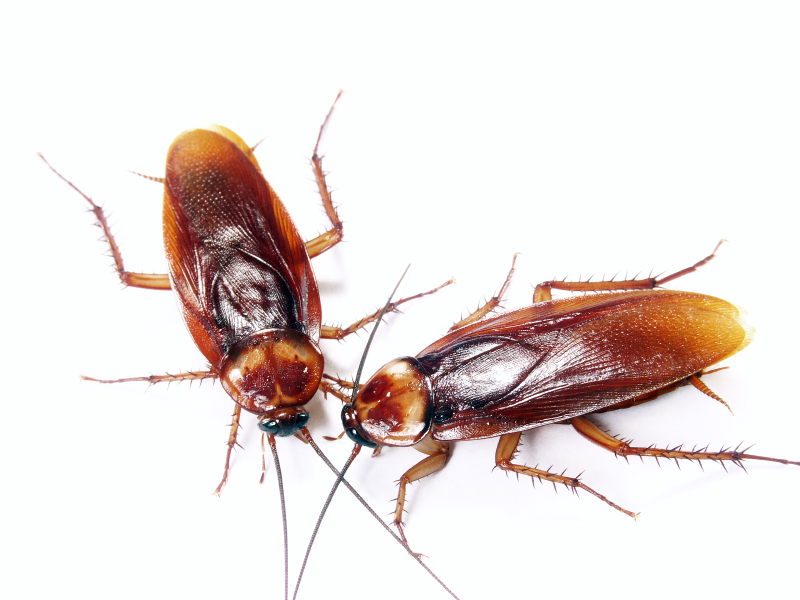In a survey of allergists from across the United, 97% of respondents said they believe a pest-free home is an important step in preventing asthma and allergy symptoms.
The survey, conducted jointly by the National Pest Management Association and the Asthma and Allergy Foundation of America, revealed that aside from dust mites, cockroaches are the most problematic household pest for patients suffering from asthma or allergies. Rounding out the top three allergy-inflaming pests are rodents and stinging insects.
First reported back in the 1940s, cockroach allergies are most common urban areas. The Asthma and Allergy Foundation of America estimates 23% to 60% of urban residents with asthma are sensitive to the cockroach allergen.
Cockroaches are one of the oldest and most adaptable pests Griffin Pest Services is called up to eliminate from homes. In Michigan customers are likely to encounter one of five species – German, Oriental, American, Brown-banded and Wood cockroach.
These disease carrying pests can be found both inside (German, Brown-banded) and outside (American, Oriental, Wood) structures and thrive when they have access to food, water and a dark, out-of-the-way harborage location.
A cockroach’s food tastes can be described accurately in one word – all-encompassing. Cockroaches eat just about anything including decaying matter such as food, garbage, feces and the like. They also enjoy strength in numbers; did you know a female German cockroach can produce over 30,000 little cockroaches in one year.
The allergens these filthy pests leave behind in homes linger in the air or settle in house dust. They become airborne when the air is stirred up by movement like children playing or running through the house.
Diagnosing to determine if a person with persistent asthma is allergic to cockroach can only be made by a skin test. A doctor will scratch or prick the skin with cockroach extract and if redness, an itchy rash or swelling appear then it is likely the person is allergic to cockroaches.
Griffin Pest Solutions has years of experience effectively eliminating cockroaches from homes and businesses. Based on our work in the trenches, we offer you the following Eight Simple Steps to Keeping Cockroaches out of your kitchen cupboards, laundry room, basement or pantry:
1. Cockroaches can sneak in with paper products, packaging and used appliances. Inspect bags or boxes of groceries brought into the home; remove clutter to make cleaning easier and to get rid of hiding places for cockroaches.
2. Regularly vacuum or sweep areas that might attract cockroaches.
3. Seal cracks and openings around or inside cabinets, caulk cracks along floors, add screens to floor drains, and paint cracks in cabinets to seal them.
4. Store food in sealed containers. Never leave food, crumbs or trash uncovered anywhere.
5. Clean up any food debris or spills right away; do not leave uneaten pet food to sit out overnight.
6. Dry up wet areas and repair leaky faucets or drains that create moisture.
7. Use trash cans with tight fitting lids. Avoid placing trash under the sink. Empty trash cans often. Put garbage in closed plastic bags.
8. If you live in an apartment or condominium, ask your neighbors to do what you are doing to their living areas to help keep cockroaches out.
If you have questions or concerns about pest allergens in your home and Griffin’s new Asthma and Allergy service, call or e-mail Griffin Pest Solutions at 888/547-4334 or callcenter@https://www.griffinpest.com/ for more information and a free estimate.


